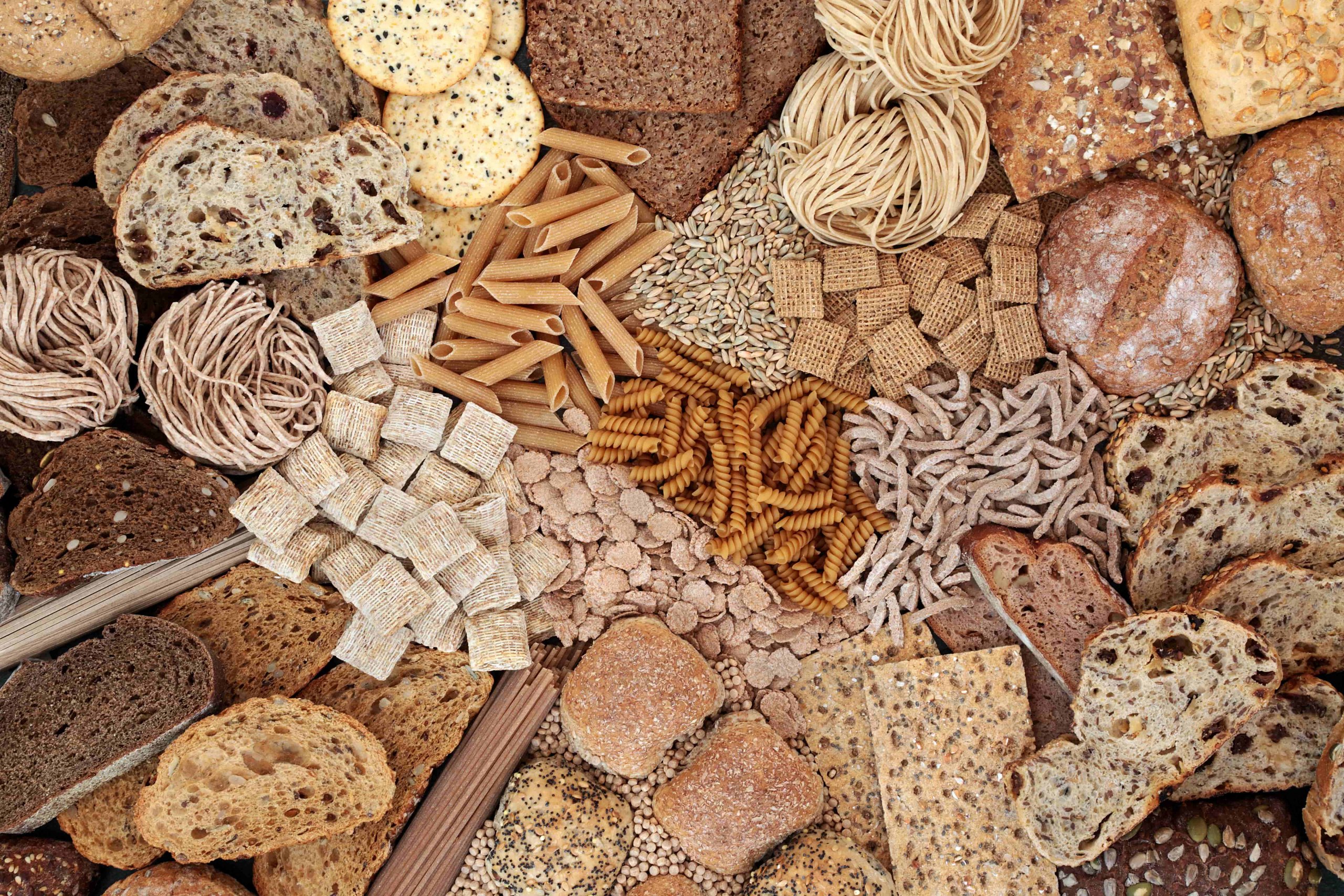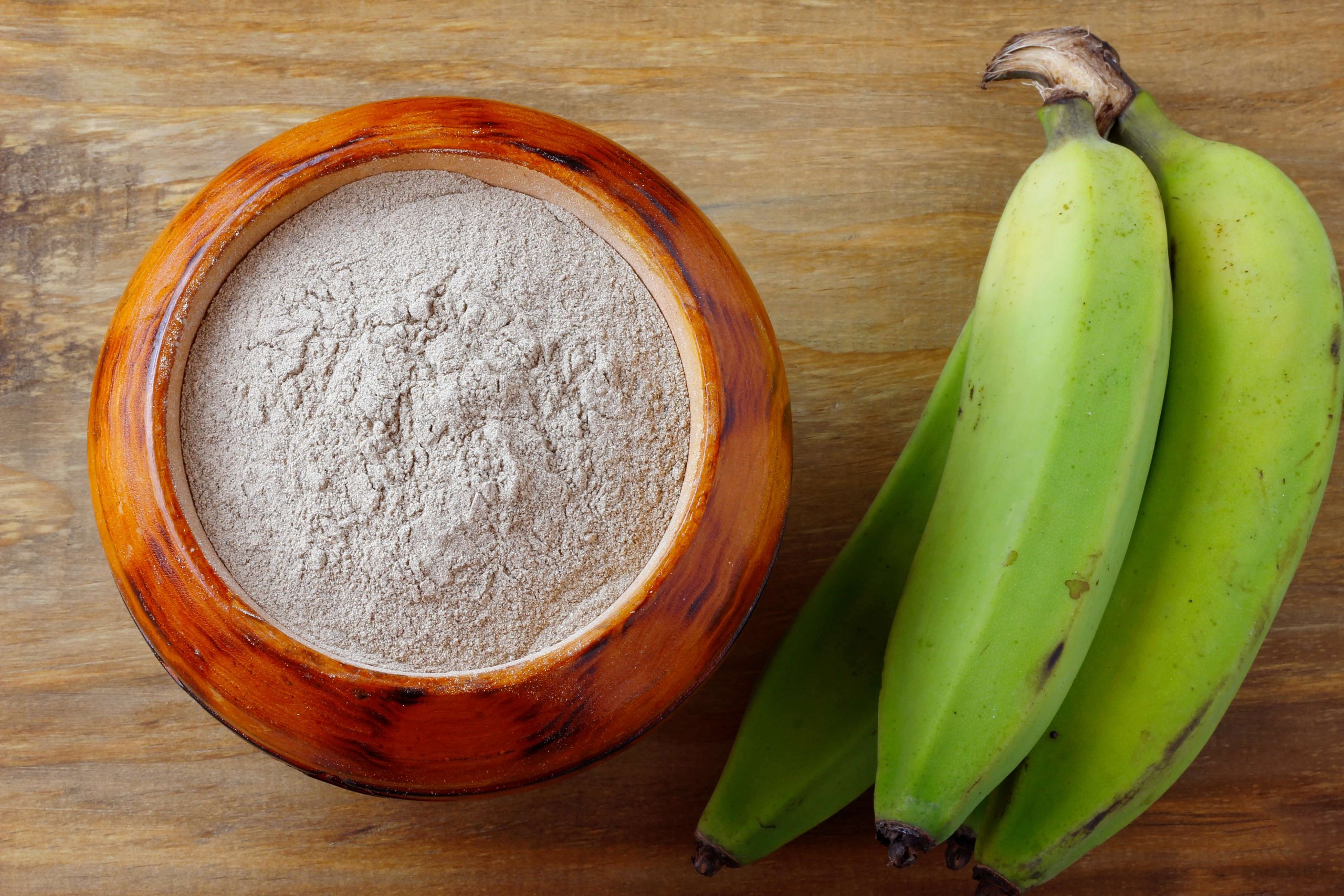READ TIME: 5 MINUTES —
In this article, we’ll cover the following topics:
- What is Resistant Starch vs Regular Starch?
- Regular Starch
- What Exactly is Resistant Starch?
- The Differences Between Resistant Starch vs Non-Resistant Starch
- How to Start Optimizing Your Gut Health with Resistant Starch
- Final Thoughts
Starch is a complex carbohydrate. But that doesn’t mean it needs to be a complex topic. Here, we’re diving into the nuts and grains of starch: what it is, what it isn’t, what the key differences are between resistant starch vs non-resistant starch, and more.
Before we get started, perhaps the first thing to know about starch is that it’s, broadly-speaking, very good for you. Despite what the “all carbs are evil” crowd claims, carbohydrates are actually super important for human health and performance. In particular, starchy complex carbs — like potatoes, rice, legumes, and many fruits and vegetables — play a crucial role in achieving a nutritious, well-balanced diet and a healthy gut.
In fact, some of the world’s healthiest and longest-living populations have diets consisting mostly of plant-based foods and about 80% carbs. [1] [2]
So, without further ado, here’s what to know about starch and how to spot the difference between resistant vs non-resistant starch.
What is Resistant Starch vs Regular Starch?
The major difference between resistant starch and regular starch is how they’re digested. With regular starch, the digestive enzymes in your small intestine immediately break these carbs down into glucose. With resistant starch, however, these foods “resist” digestion and instead feed beneficial gut bacteria and ferment in your colon.
Regular Starch

Starch is a carbohydrate. Chemically speaking, starch is just a long chain of glucose molecules banded together.
When you eat starch, these glucose molecules get broken apart by your digestive enzymes. They’re then released into your bloodstream and absorbed by your body’s cells. And glucose is the main source of energy for your cells. [3]
Of course, not all regular starches are created equally. There are two main types of regular starch:
- Rapidly digestible starch (RDS): This form of starch is often highly-processed and modified. Found in many cooked and fabricated foods — such as processed breads, breakfast cereals, potato chips, and French fries — RDS operates as the name implies. It’s very easily digested in the upper small intestine, which leads to rapid spikes in glucose and insulin. [4]
- Slowly digestible starch (SDS): Found in fibrous plants and whole foods — such as whole grains, fruits, vegetables, legumes, and tubers — this starch has a complex structure, meaning that the body breaks it down more slowly. [5]
What Exactly is Resistant Starch?

Resistant starch is a starch that “resists” digestion in the small intestine. There are 5 different types of resistant starch. And common sources of RS content include: raw potatoes, under-ripe green bananas, whole grains, legumes, seeds, nuts, and cooked-then-cooled foods.
Resistant starch is a prebiotic dietary fiber. What does that mean? Well, basically, human bodies don’t have the ability to digest certain starches and fibers. This is a good thing because these foods then travel straight from the small intestine to the large intestine mostly untouched and intact. Once there, the only way to break them down is by beneficial intestinal bacteria.
As these friendly bacteria start working their feeding and fermenting magic, health benefits ensue. Healthy byproducts — like short-chain fatty acids (SCFAs) and other gut-balancing metabolites — are unleashed.
These byproducts have all sorts of myriad health benefits, including the promotion of a healthy colon, the feeding of friendly bacteria, and increased microbial diversity in your gut. RS can also boost metabolism, decrease inflammation, and improve brain functionality. [6, 7]
The Differences Between Resistant Starch vs Non-Resistant Starch
Aside from simply how they’re each digested, there are also some pretty interesting differences (and overlaps!) between resistant starch and regular starch when it comes to their health benefits.
Enhanced Energy
Regular starch is one of the most important energy sources for human nutrition. [8] But “energy” isn’t always such a black and white equation.
Consider blood sugar for instance. Sometimes, when you eat too many easily digestible carbs, your blood sugar can spike. Then it can crash. Hard. And there’s nothing very “energizing” about a sugar crash.
Resistant starch, on the other hand, gives you steady and sustainable energy. By avoiding early-phase digestion, RS helps you avoid the blood sugar roller coaster of doom.
In short, regular starch gives you quick bursts of glucose energy. If your sources of regular starch are complex fibrous whole foods and not highly-processed modified starches, then this form of energy is certainly fine — even good for you!
Resistant starch, meanwhile, gives you steady, stable energy for the long haul by lowering and preventing blood sugar spikes. Getting a healthy mix of both types of starch and a diverse range of plant fibers is a good way to get good microbial diversity and enhanced energy. [9]
Weight Loss
Did you know that resistant starch can help with weight loss? It does so in a few interesting ways.
First off, resistant starches actually contain fewer calories — only two and a half calories per gram, compared to four calories per gram for regular starches. [10] Beyond that, resistant starch also increases your feeling of fullness and reduces overall appetite. Because it’s digested very slowly in your gut, resistant starch makes you feel full and satisfied for longer. So, you can say so long to cravings!
In our own double-blind gold standard clinical study, we found that participants who consumed resistant starch over the course of 12 weeks actually lost an average of 3lbs!
As such, it’s a great addition to your diet if you’re looking to lose or maintain weight.
Blood Sugar Control
Regular starch can be really bad for blood sugar control. Especially starches of the modified and refined variety that are so common in the average American’s diet of highly processed foods.
Slowly digestible starches (SDS) are certainly better for blood sugar control, since they’re not as readily turned into glucose.
But resistant starch is the true winner when it comes to improving blood sugar.
In our own earlier-mentioned gold-standard clinical study, we also saw significant reduction in blood sugar levels. In fact, participants reduced their A1C levels by 0.7% with Supergut’s proprietary blend of resistant starch fiber.
How to Start Optimizing Your Gut Health With Resistant Starch

Having a healthy gut is crucial for achieving and maintaining optimal overall health. Your gut is like the command center for wellness and wellbeing. And studies show that a diet high in plant fibers (like resistant starch) is one of the best things you can do to rebalance your gut and reshape your overall well-being. [11]
In other words, when you take in more fiber and resistant starch, you take care of your gut. And when you take care of your gut, it takes care of you.
Don’t think you’re getting enough fiber intake? You’re not alone. About 95% of Americans don’t consume enough! [12]
To help fill in the gaps, food supplements like Supergut can help. Our patented prebiotic resistant starch blend is clinically shown to improve gut health, reduce blood sugar levels, and improve a variety of other wellness indicators like sleep, energy, digestive health, and more.
Final Thoughts on Resistant vs Non-Resistant Starch

Understanding the various kinds of starches is a helpful first step for improving your gut health habits. And the overall takeaway?
Starch isn’t always bad. (It can be in refined and modified forms.) But by and large, a diet that’s high in plant fiber, slowly digestible starches, and resistant starch is a great way to increase microbial diversity in your gut and boost your overall health.
If you want to kickstart your gut health journey, then visit Supergut today!








